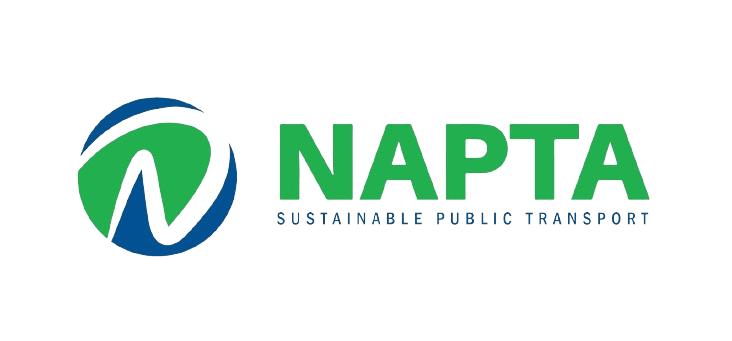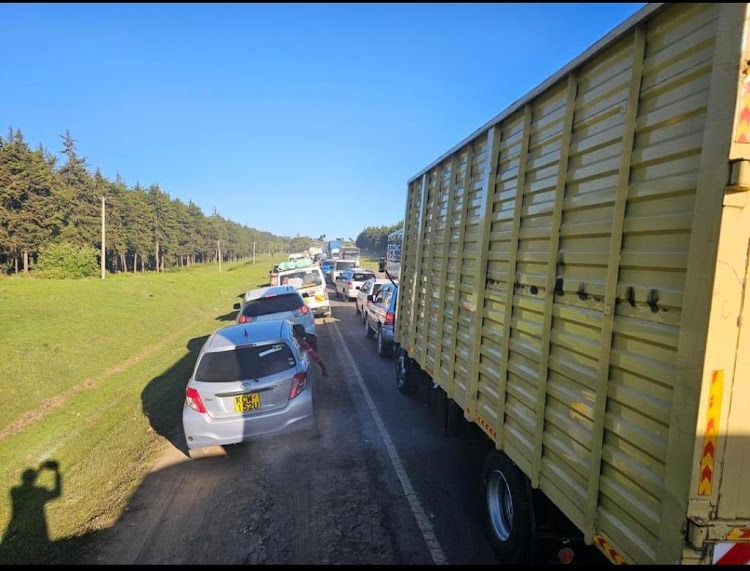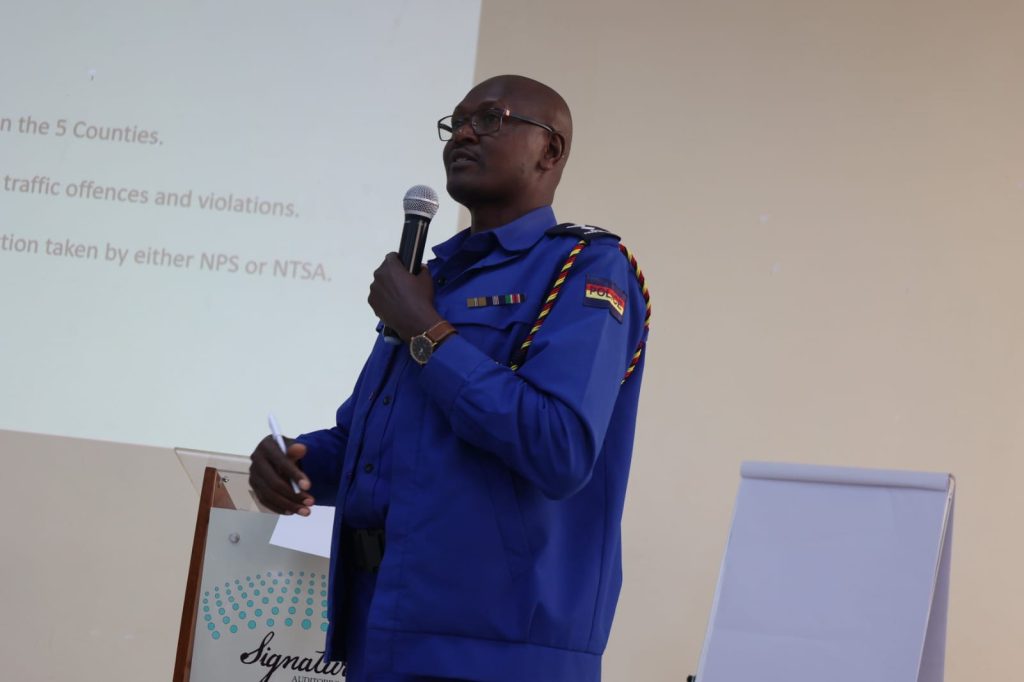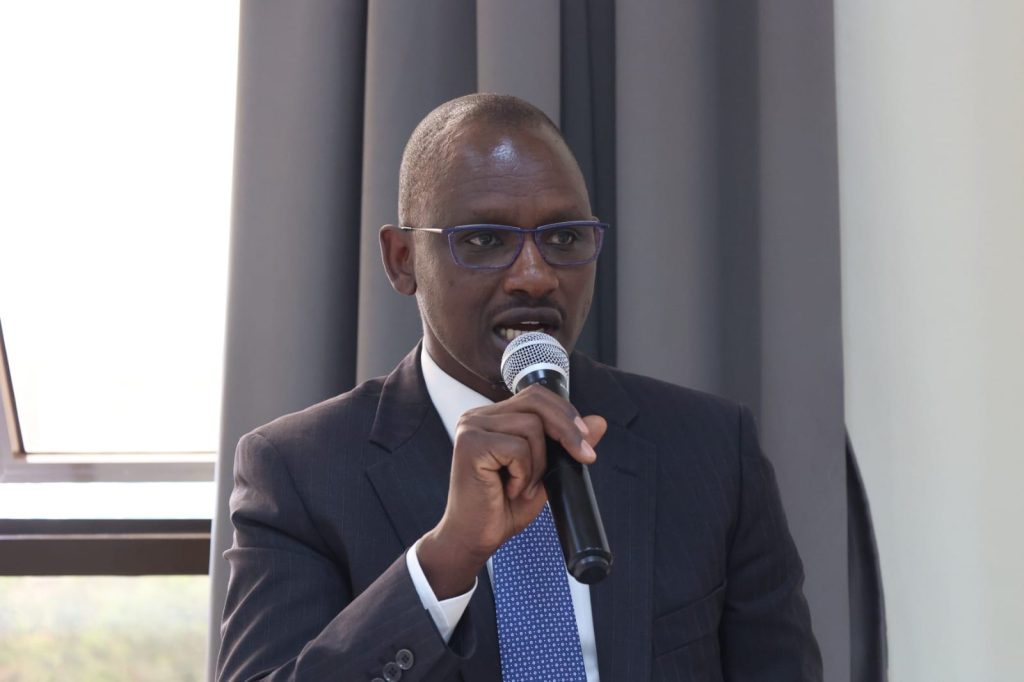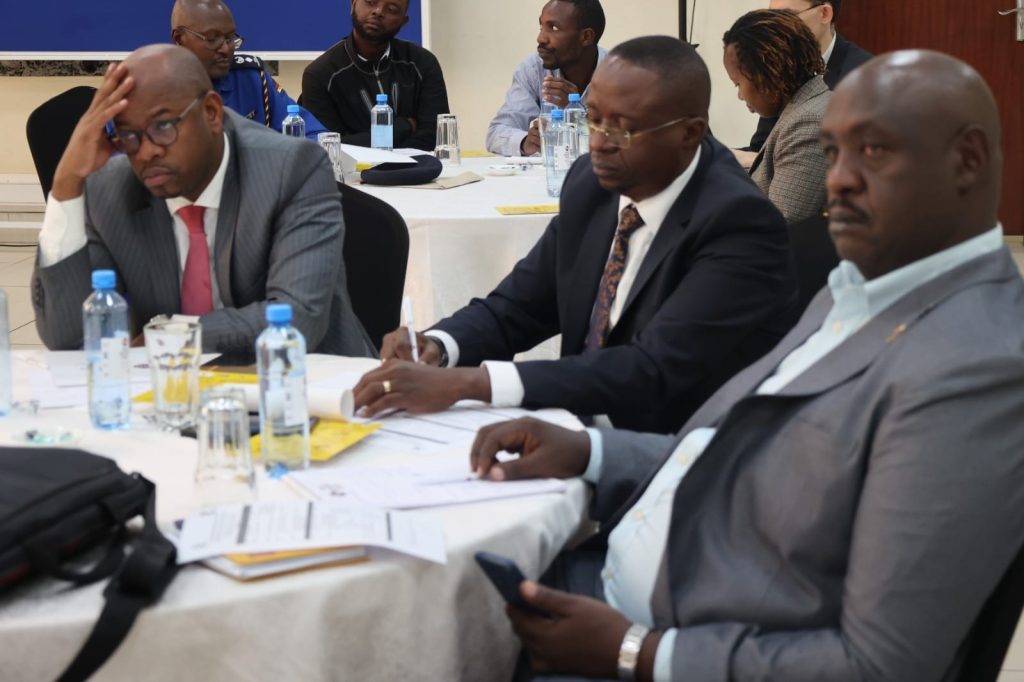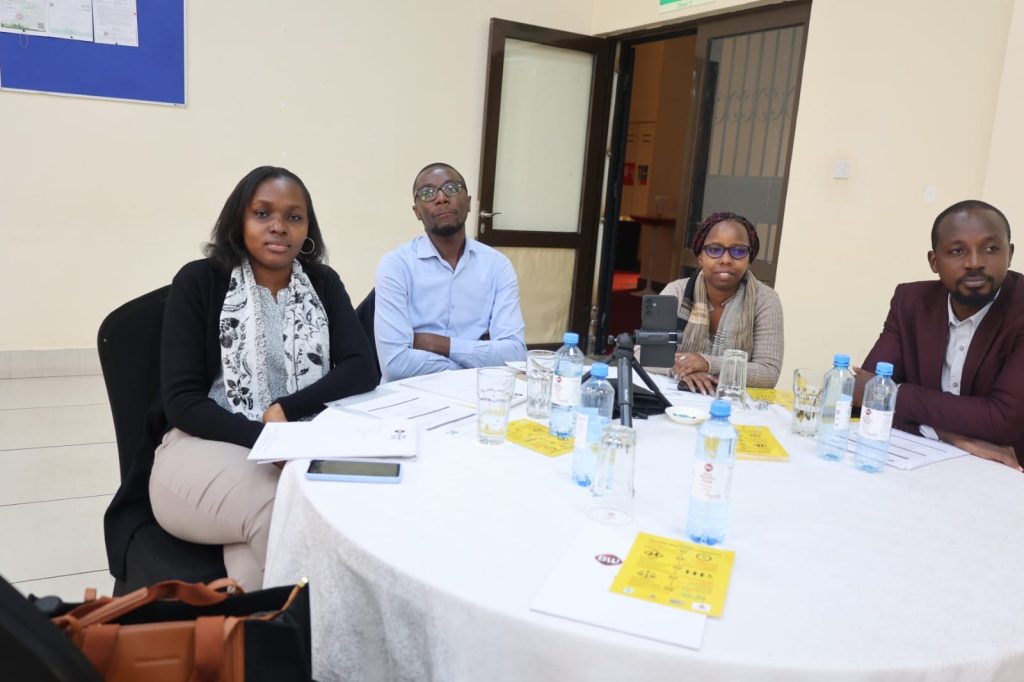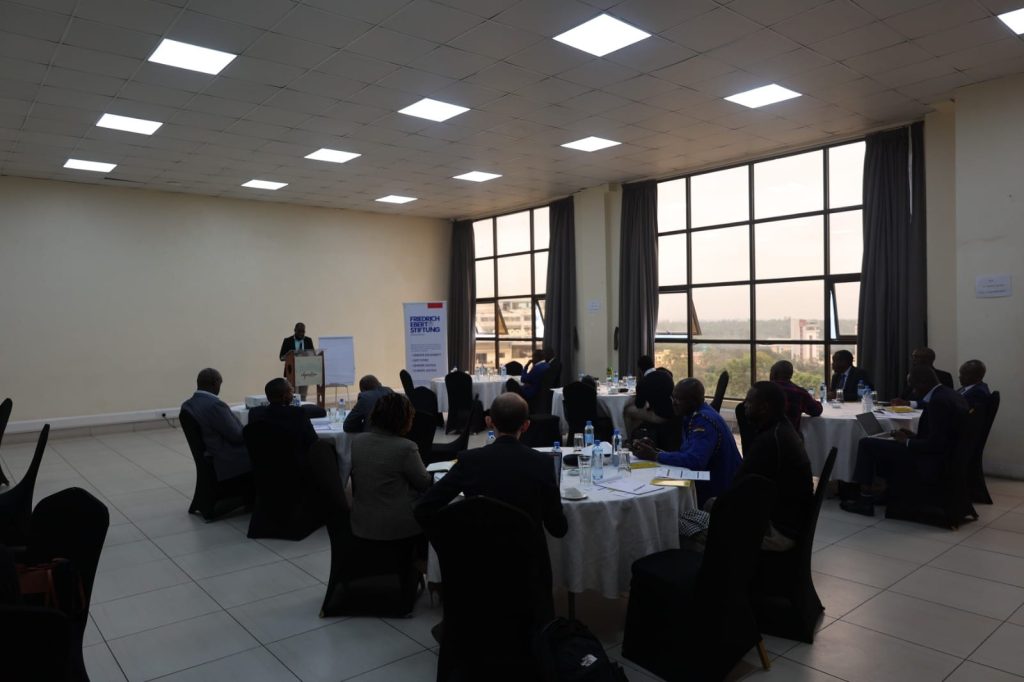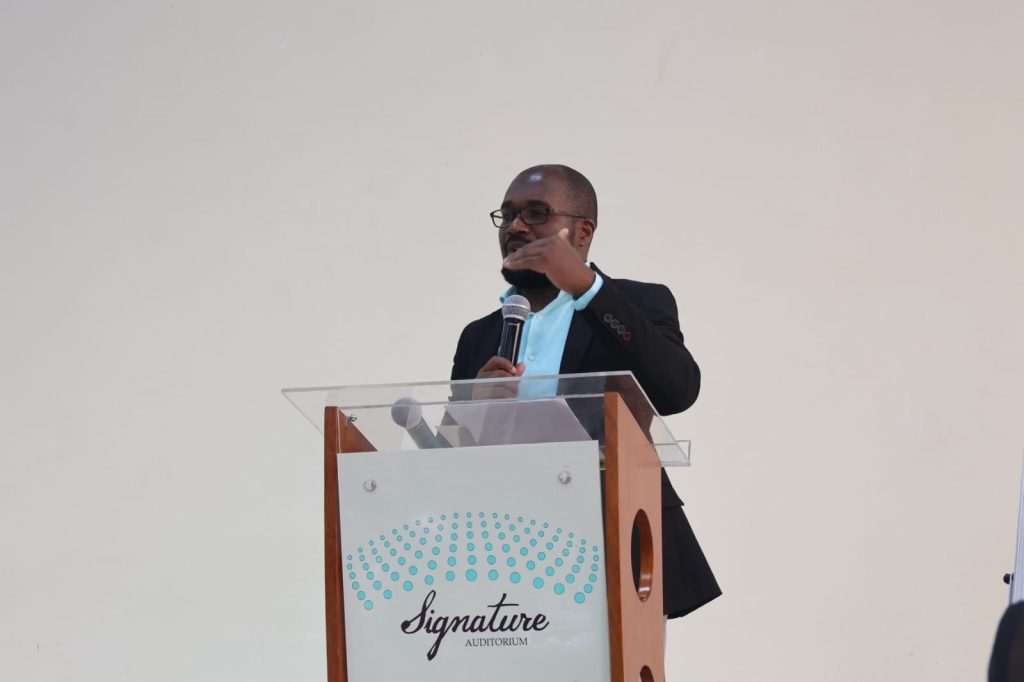Using the word “bad road” may sound cliché, but it simply refers to a poorly designed road that is difficult to drive on, that endangers both the life of the driver and other road users: one which suffers environmental disruptions several times also
Badly designed roads are recipe for many accidents. A good road design provides for wider lanes, better curves and safer intersections.
In Kenya, there are many roads that have continued to pause great danger to both the drivers and the road users. We appreciate the government agencies mandated in the designing, construction and maintenance of our roads like Kenya National Highways Authority (KENHA) for the good work they have continued to do over the years alongside the other government agencies.
Key among the agencies roles is conducting safety audits: Conducting regular safety audits of roads to identify potential safety problems leading to targeted improvements.
The agencies need more improvement on above given the many accidents we are witnessing whose proximate cause is associated with poor road design other than Human error or Technical failure of the motor vehicle. A good example is the recent accident that occurred in Murang’a claiming 3 lives of school going children who were travelling in their school bus from Kiambu County. The accident was blamed on poor road design as
This calls for nationwide safety road audits to identify potential safety problems and lead to targeted improvements being a primary factor in averting further exposures to road users. The safety road audits need to be made public to allow the public who anyway are the users of these roads be aware and informed.
The targeted improvements needs to further sustainable other than the culture of moving with speed to erect a speed bump and maybe the biggest issue of that particular road could basically be visibility.
But what factors define a badly designed road:
1. Inadequate Drains
Gutters and drains play a crucial role in limiting the risk of hydroplaning and related accidents. On roads without sufficient drainage, water can build up even if it only drizzles lightly.
2. No Shoulder Space
The shoulder (also known as the breakdown lane) is an important feature on any highway and is located on the outside part of the far-left lane. It is much safer to pull over and deal with an emergency in the shoulder than it is to remain on the inner lane endangering the lives of other road users.
3. Inadequate Pedestrian Crossings
It is not easy being a pedestrian in a city primarily designed for motor vehicles. Crosswalks are sometimes spaced too far apart or at inconvenient locations, requiring pedestrians to go far out of their way just in order to safely cross the street. Currently, the average pedestrian is only willing to walk three minutes out of the way to use a crosswalk rather than just crossing wherever they are.
4. Roads That Are Too Narrow or Too Wide
Speed is one of the biggest risks associated with wider lanes. Motorists tend to drive much faster when traveling in a 12-foot-wide lane compared with one that is only ten feet wide. In urban areas, roads with smaller lanes tend to accumulate less storm water and also have shorter crossing distances for pedestrians.
Lanes can be too narrow, though older sections of urban areas and underfunded rural roads all run the risk of being too narrow for modern vehicles. Any roads that are less than nine feet in width can be difficult to navigate and may increase the risk of head-on collisions, sideswipes, and other crashes.
5. No Road Signage
Road signs are key in guiding the drivers accordingly and in most instances offering the necessary caution. There are several road signs from Speed limit signs to Zebra crossing signs. Each one of them conveying a particular message or caution to the driver. Road signs need to strategically positioned on the roads for ease visibility by the drivers and also allowing timely adjustments by the driver.
6. Provision for None-motorized Transport and Designated Bus Stops
To avoid exposing other road users, service lanes and good road signage is key. None-motorized transport should be at the heart of any road design since this is the silent majority who continue to be affected by the many road accidents. None-motorized transport entail cyclist, pedestrians and the many others who are not using a motor vehicle on the road.
On a random spot-check of the roads around Nairobi starting with the newly constructed Bypasses, they lack essential non-motorized transport facilities, continuous service lanes and adequate road signage. The ultimate idea of these roads was to offer alternative cross-city routes enhancing accessibility and reducing traffic congestion within the Central business district.
But it is also important to note that most of the roads in Kenya have since been opened for public use without being entirely complete. A good example is the Northern bypass. Another example is Waiyaki way all the way to Westlands. In as much as it is a relief to the motorists but the roads also pause a great danger to other road users.
The government has previously alluded to the fact that there no funds for the completions of some of these roads. Human lives are much valuable, and the government needs ensure completion of the already commissioned roads before embarking on constructing new ones.
The government also should be keen in integrating current road design giving adequate provision for any future road plans to avoid wastage of resources in demolition and constructing of new roads just to give room for new thought ideas. A good example is the construction of The Nairobi Express Way. This road has negatively affected the initial Mombasa Road and the effects are more seen during flooding whereby the results are clogged drainage and the increased road accidents caused by the inconsistent road lanes and flow. On this, pedestrians were also not factored in as most of them have to walk longer distances to access the few erected pedestrian crossing.
Based on above, even the conversation on Bus Rapid Transport seem not to have been factored in while constructing The Express Way and it leaves a lot to be desired how the integration will be done.
It is important to appreciate that some infrastructure decisions are pegged to current government manifestos but these short term manifestos need to be aligned with the long-term policies of the country on matters transport to allow coherence and saving on costs.
Based on above, our infrastructure should be designed to serve the needs of the current generation without compromising the needs of the future generations. Our roads should be designed to serve the people and not to only move vehicles!
